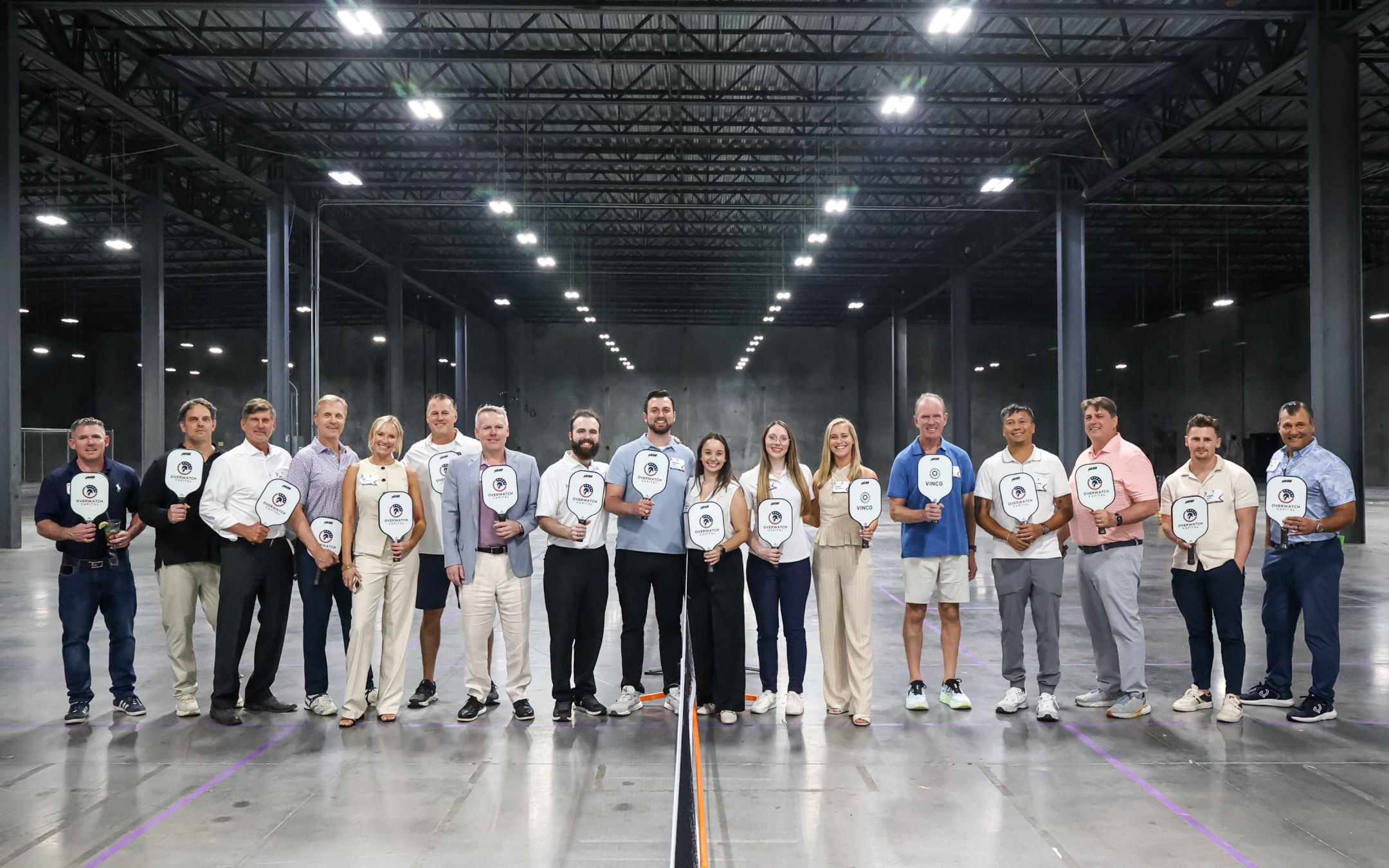Trends
Edge Computing Growth
As IoT devices proliferate and the demand for real-time data processing increases, edge computing will become more prevalent. Organizations will leverage edge infrastructure to process data closer to the source, reducing latency and bandwidth usage.
Increased Adoption of Cloud-Native Technologies
More organizations will adopt cloud-native architectures, including microservices and containers (such as Kubernetes), enabling more agile and scalable IT environments. This trend will facilitate faster deployment and development cycles.
Hybrid and Multi-Cloud Strategies
Businesses will increasingly adopt hybrid and multi-cloud strategies, utilizing a mix of private and public clouds to optimize costs, improve flexibility, and mitigate risks. This approach allows for better resource allocation and adherence to compliance requirements.
Automation and AI Implementation
Automation tools and AI will play vital roles in managing IT infrastructure. Organizations will adopt AIOps and software-defined infrastructure to improve efficiency, monitor performance, and enhance security.
Focus on Security and Zero Trust Architectures
As security threats evolve, organizations will adopt Zero Trust models, demanding verification for all users and devices attempting to access resources. This approach includes continuous monitoring and the integration of security into the infrastructure.
Sustainability and Green IT
There will be a strong emphasis on sustainable IT practices, with organizations seeking to reduce their carbon footprint. This will include optimizing energy consumption in data centers, utilizing renewable energy sources, and investing in energy-efficient hardware.
5G Adoption
The rollout of 5G networks will enhance mobile connectivity and enable more innovative applications across sectors. IT infrastructure will need to adapt to accommodate the increased data speeds and lower latency offered by 5G.
Data Privacy Regulations
As data privacy regulations become more stringent worldwide (like GDPR), organizations will need to build infrastructures that comply with various legal requirements. This includes better data governance practices and enhanced privacy measures.
Quantum Computing Considerations
While still in early development, some organizations will begin exploring quantum computing and its potential to solve problems that are currently intractable for classical computers, especially for industries like finance and pharmaceuticals.
Collaboration and Remote Work Technologies
As hybrid work environments become the norm, investments in collaboration tools and IT infrastructure that support remote work will continue to be critical. This includes enhancing virtual workspaces and secure remote access solutions.












